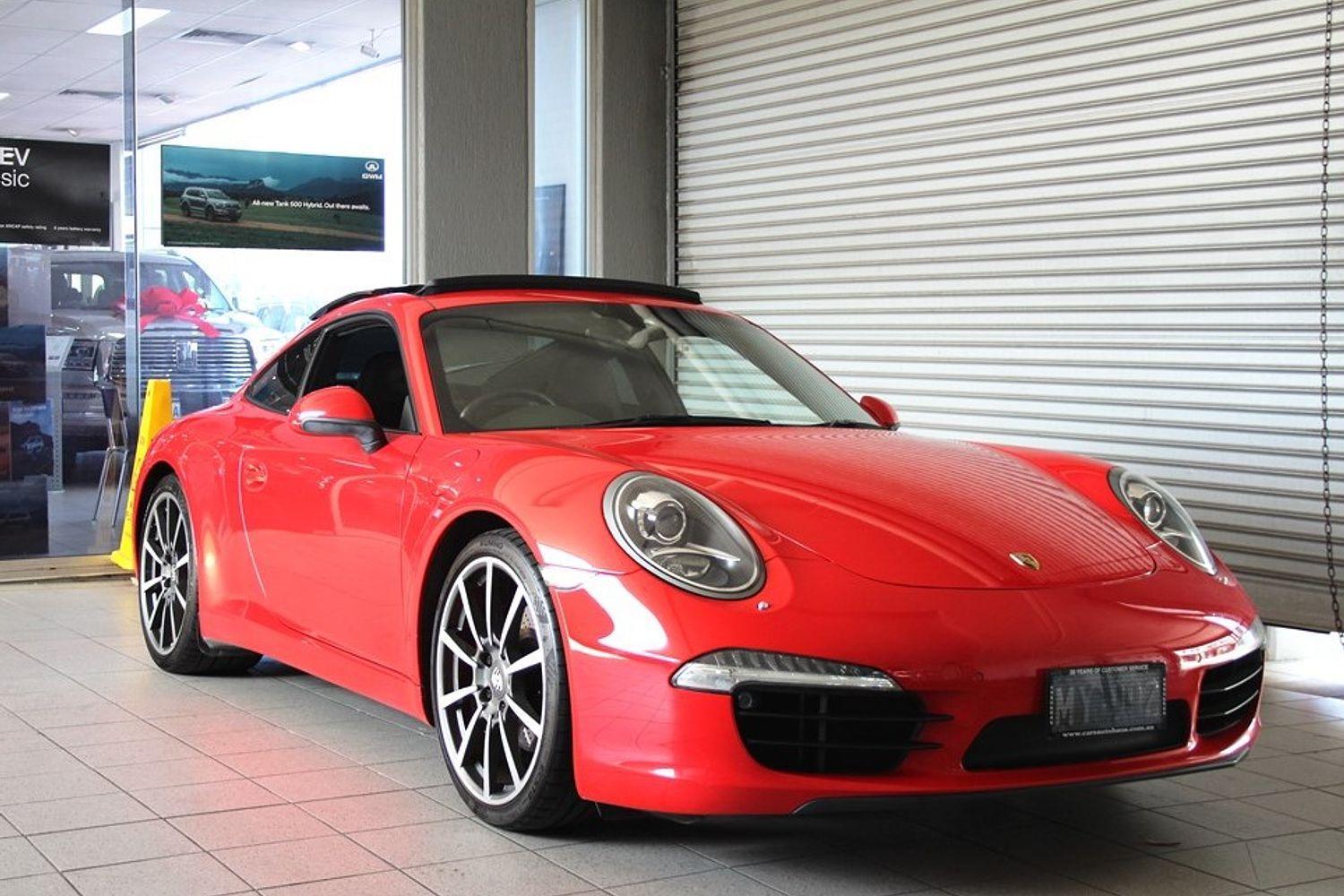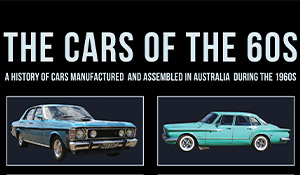Porsche Boxster E simply electric
The Boxster E is an all-electric vehicle without any additional combustion engine on board. Propulsion is provided by two independent electric motors with constant mesh gearboxes that act on the front and rear axles. The rear drive unit comprising motor and transmission, together with the power electronics for controlling the electric motor, is located where the manual transmission and exhaust system are accommodated in the conventional Boxster. In the front end, the space vacated by the 64-litre fuel tank, now redundant, is occupied by the second drive unit. The power electronics unit in the adjacent luggage compartment serves the front axle electric motor. The Boxster E thereby features all-wheel drive without mechanical transmission of power. To ensure maximum driving stability and traction, a central electric control unit looks after the synchronisation of the two electric motors and controls the drive torque distribution to the front and rear axle.
The two electric motors develop a total power output of 180 kW and a maximum total torque of 540 Nm at a maximum engine speed of approximately 12,000 rpm. That means that the two electric motors in tandem deliver significantly higher drive power than what is available from present day hybrid vehicle electric power units. As well as the all-electric drive of the Boxster E producing zero tailpipe emissions, it also offers a completely new form of Porsche driving pleasure. Maximum torque of the electric drive kicks in virtually from the first turn of the engine. The Boxster E moves almost silently while at the same time developing powerful propulsion from the very outset.
The two motors enable the two-seater to sprint to 100 km/h in 5.5 seconds from a standing start. Its top speed, limited to 200 km/h, is achieved without any gear change at all, whether automatic or manual. The high power output of the two motors offers a second advantage - it means more recovered power is available because more energy can be recovered during braking. This increases efficiency of the drive unit.
Porsche have also addressed the noise - or lack of noise - issue by designing an Active Sound Design system that provides drivers with acoustic feedback as well as alerting pedestrians and other road users to the car's presence.














